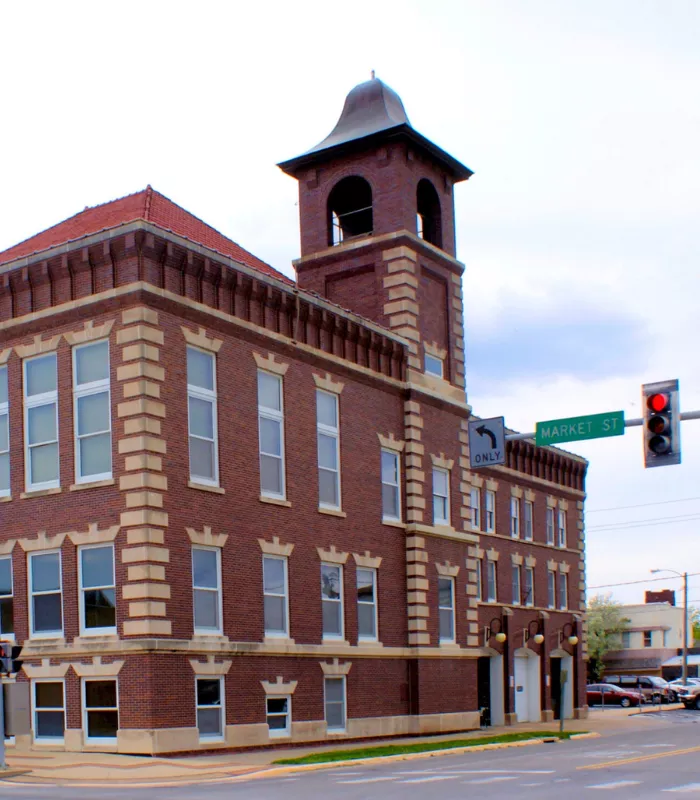I made a classic mistake thinking cheap meant compromising on everything good about small-town America.
Turns out, Iowa delivers community charm, safety, and amenities without the premium price tag.
These places offer what expensive retirement destinations promise but rarely deliver.
Your cost of living will drop faster than your golf handicap.
1. Keokuk, Iowa
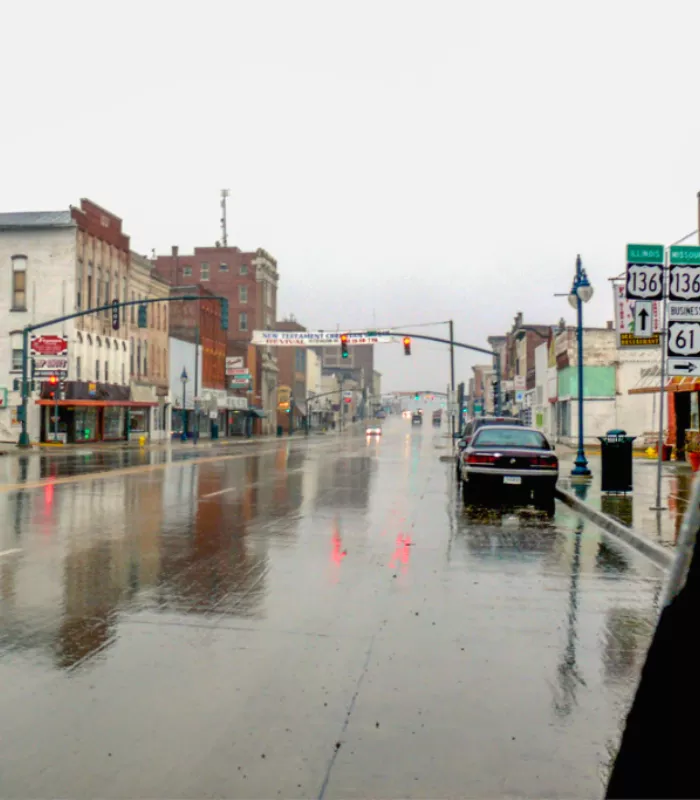
Keokuk sits right on the Mississippi River in southeastern Iowa.
This historic town offers some of the lowest housing costs in the entire state.
The median home value here is just $80,776.
That’s a fraction of what you’d pay in most other states.
Monthly rent averages around $639, making it incredibly affordable for retirees on fixed incomes.
The cost of living is 27.9% cheaper than the national average.
The property taxes here won’t drain your retirement savings either.
You’ll have money left over for things that actually matter to you.
Why It’s On This List: You can own a home here for less than what many people pay in annual rent elsewhere.
2. Oelwein, Iowa
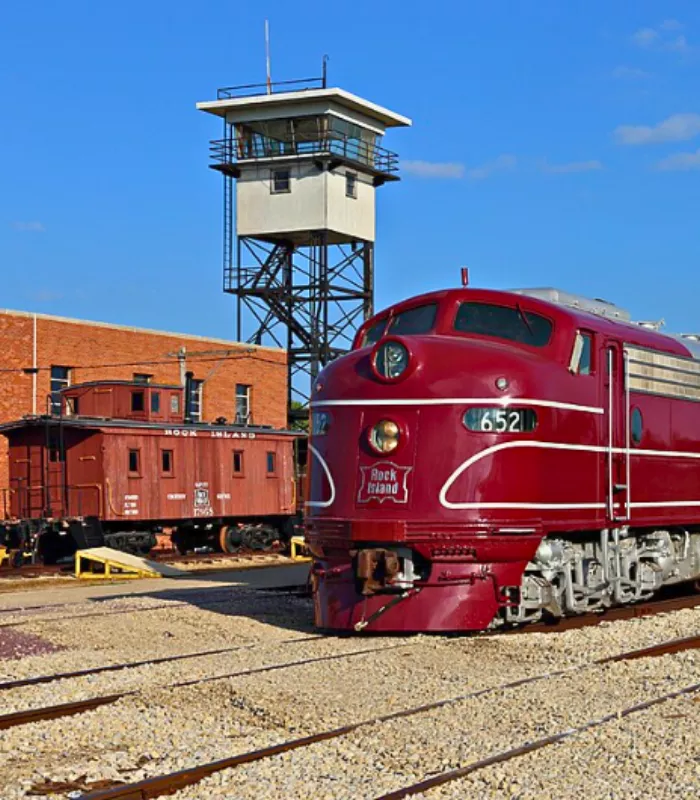
Oelwein is a small railroad town in northeastern Iowa with deep community roots.
The town has a population of about 5,878 people who enjoy a quiet, friendly atmosphere.
This place offers genuine small-town charm without the high costs.
You’ll find local parks, a public library, and neighbors who actually know each other’s names.
The housing market here remains incredibly affordable compared to national standards.
You’ll need to be comfortable with limited shopping and dining options.
The local downtown still has that authentic railroad heritage feel.
Most residents appreciate the slower pace once they adjust to it.
Why It’s On This List: Small-town living at rock-bottom prices with a tight-knit community feel.
3. Fort Madison, Iowa
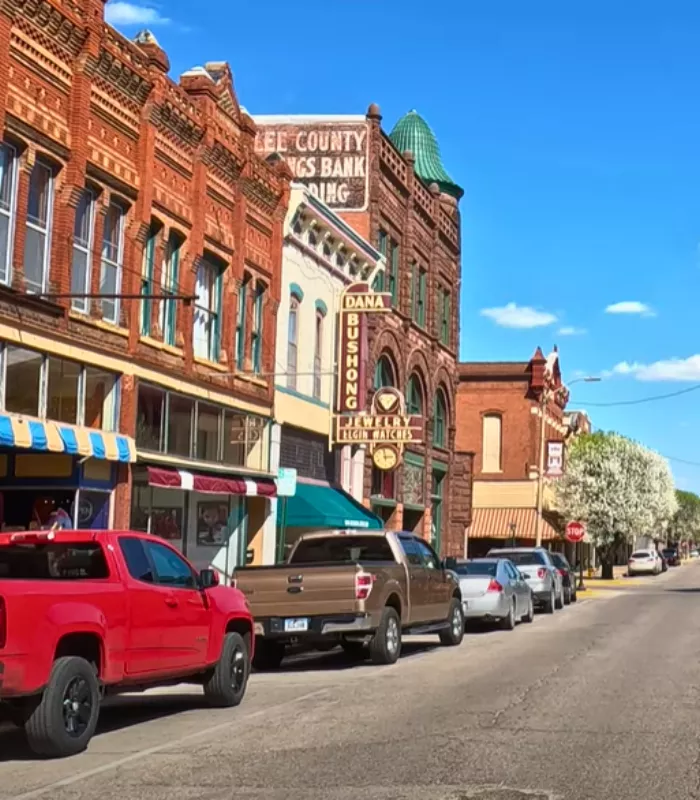
Fort Madison sits along the Mississippi River and offers beautiful river views at bargain prices. This historic town has been around since 1808 and shows its heritage proudly.
The riverfront location gives you scenic beauty without the premium price tag.
You can enjoy walking trails, parks, and river activities right in your backyard.
Housing costs remain well below national averages here. The town maintains a slower pace of life that many retirees find appealing.
Local festivals and events bring the community together throughout the year.
The downtown area features restored buildings that transport you back in time.
Why It’s On This List: Scenic river living at a fraction of what coastal areas charge.
4. Burlington, Iowa

Burlington offers more amenities than smaller Iowa towns while keeping costs reasonable. This Mississippi River city has about 25,000 residents and a historic downtown area.
You’ll find actual restaurants, shops, and medical facilities here.
That’s why many retirees choose Burlington over tiny rural towns.
The city maintains several parks and recreational facilities.
Healthcare options are better than in smaller communities, which matters more as we age.
The Snake Alley here earned recognition as the crookedest street in America.
You won’t feel isolated from essential services or entertainment options.
Why It’s On This List: Small city amenities with small town prices and better healthcare access.
5. Creston, Iowa
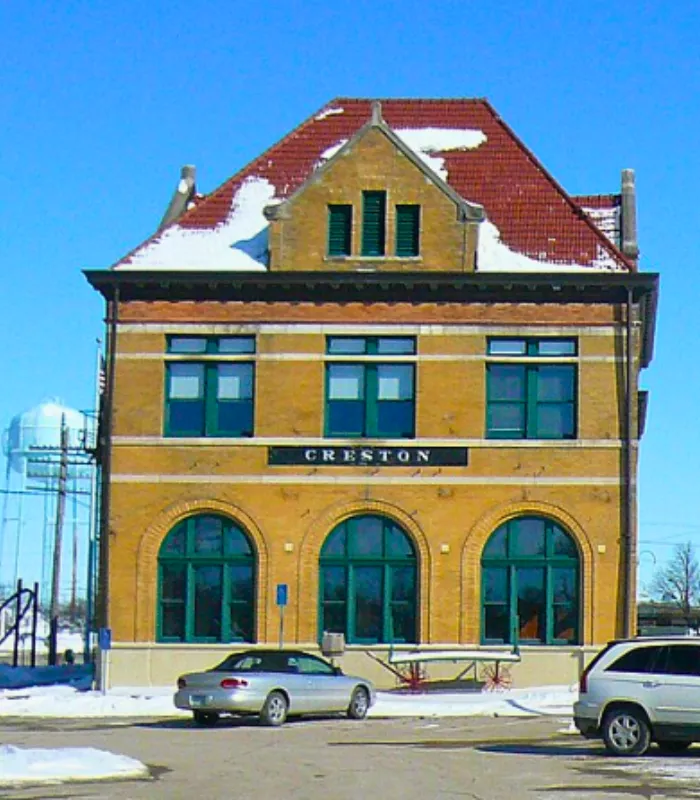
Creston sits in south-central Iowa and serves as a regional hub for the surrounding rural area.
The town has maintained steady population numbers around 7,800 people.
This place offers the perfect balance of services and affordability.
You get grocery stores, banks, and medical facilities without big city costs.
The community takes pride in its downtown area and local events.
Housing remains very affordable, and property taxes stay reasonable compared to other states.
The local businesses are mostly owned by people who live right here.
You’ll notice the difference when service actually means something personal.
Why It’s On This List: Regional hub benefits with rural pricing and strong community pride.
6. Waterloo, Iowa

Waterloo is a larger city with about 66,600 residents, offering more urban amenities at affordable prices. The median household income here is $56,344.
Average rent runs about $850 per month, which is incredibly reasonable for a city this size. You’re better off here if you want city services without city prices.
The cost of living sits at 82% of the national average. Waterloo provides shopping centers, restaurants, and entertainment options that smaller towns can’t match.
The minor league sports teams give you something to cheer for year-round.
You can actually find specialty items here without ordering everything online.
Why It’s On This List: Big city amenities at small town prices with a home price-to-income ratio of just 2.47.
7. Oskaloosa, Iowa
Oskaloosa serves as the county seat and home to William Penn University. This college town atmosphere brings energy while maintaining affordable living costs.
The university presence means better cultural activities and healthcare facilities. You’ll find concerts, lectures, and community events throughout the year.
Housing costs remain well below national averages despite the college influence. The town maintains a clean, well-kept appearance that residents take pride in.
The student population keeps local businesses thriving without driving up prices.
You get access to university facilities and events without the typical costs.
Why It’s On This List: College town culture and amenities without the typical high costs associated with university areas.
8. Davenport, Iowa
Davenport is the largest city in the Quad Cities region, spanning Iowa and Illinois. With over 100,000 residents, it offers genuine city amenities.
The median home value is $168,196 with average rent around $938. That’s why this city makes the list despite being larger than other options.
You’ll find major shopping centers, hospitals, and entertainment venues here. The Mississippi River location provides recreational opportunities and scenic beauty.
The proximity to Illinois gives you easy access to another state’s offerings.
Major concerts and touring shows actually stop here on their routes.
Why It’s On This List: Major city amenities with a cost of living 17.1% lower than the national average.
9. Dubuque, Iowa

Dubuque sits along the Mississippi River and offers stunning bluff views throughout the city. This historic town has about 58,877 residents and strong German heritage.
Housing costs here are 38% cheaper than the national average. The median home value is $225,223, which is reasonable for the amenities offered.
The city features the National Mississippi River Museum and beautiful botanical gardens. Major employers like John Deere provide economic stability to the area.
The bluff-top homes offer views that would cost millions in other states.
The German heritage shows up in local restaurants and annual festivals.
Why It’s On This List: Scenic river city with major attractions and a cost of living 15.1% below national average.
10. Ames, Iowa

Ames is home to Iowa State University and offers a vibrant college town atmosphere. The population of about 65,686 includes many long-term residents beyond the student body.
The median home value is $252,666, which is higher but still reasonable for what you get. Average rent runs about $1,050 per month.
The university brings cultural events, sports, and educational opportunities. Healthcare facilities are excellent due to the university’s medical programs and research.
You can audit classes at the university for minimal fees.
The Cyclones football games create an electric atmosphere every fall season.
Why It’s On This List: University town benefits with a cost of living still 12.4% cheaper than the national average.
